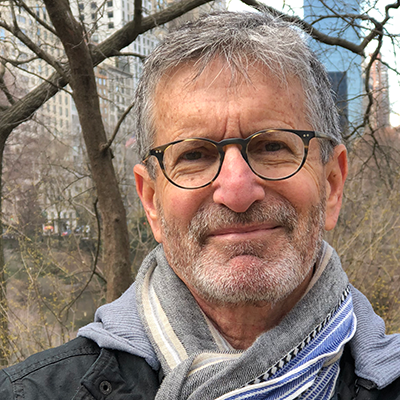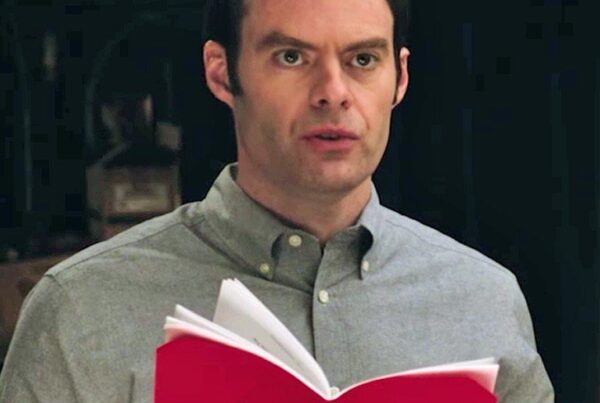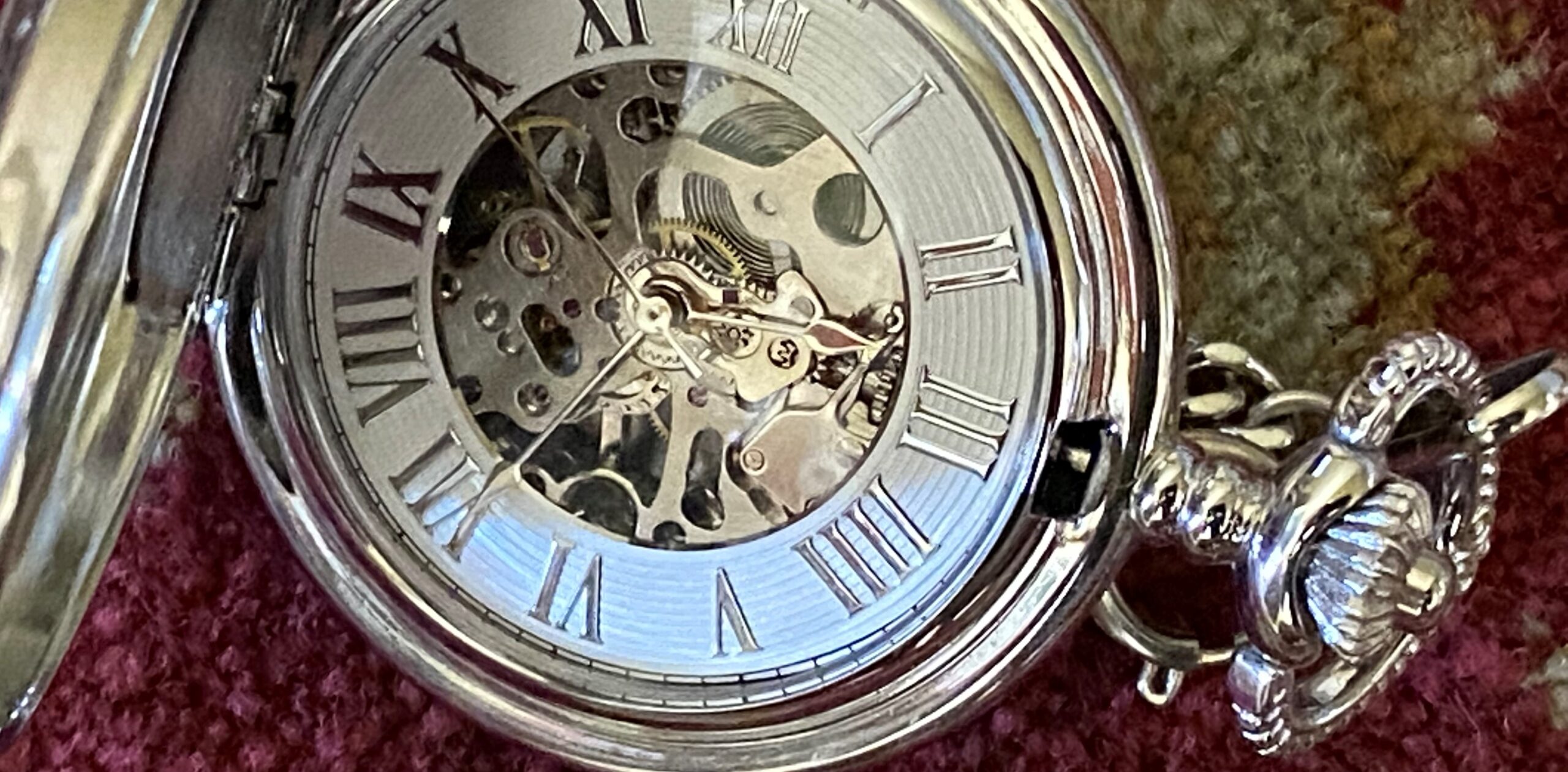
If ageist individuals are fortunate enough, years from now the shoe will be on the other foot. They will learn to confront prejudice through personal experience with growing older. For everyone’s sake, there are practical ways — sooner than later — to marginalize the judgment, fear and indignation associated with aging.
The ultimate goal of course is mutual understanding and respect between people of all ages. To make this happen requires a dramatic culture change, fueled by more than wishful thinking. It requires policies and programs and incentives. Fortunately, generations supporting one another — known as generativity — actually produces substantive societal and economic benefits.
Generations United and the Eisner Foundation commissioned a public survey earlier this year to attempt to quantity the level of support for improving intergenerational relations. The key results, reported by McKnight’s Senior Living, make a solid case to validate the premise.
- 94 percent of respondents said that older people have skills and talents that can help address the needs of children and youth; and 89 percent said the same about children and youth addressing the needs of older people.
- 92 percent of respondents said they believe intergenerational activities can help reduce loneliness across all ages.
- 74 percent said that programs and facilities that separately serve older people or children/youth prevent these age groups from benefitting from each other’s skills and talents.
- 82 percent would support their tax dollars going to a facility that serves both children/youth and older adults in their community.
IT’S REASONABLE AND DOABLE
Gaging by the GU/Eisner survey and report, All In Together: Creating Places Where Young and Old Thrive, a majority of us support intergenerational relations.
It seems reasonable, even doable, for interested groups and disciplines, such as the sampling below, to put healthy, purposeful longevity in perpetual motion. For example:
- EDUCATORS can be conveners for students of all ages to share experience and experiences.
- EMPLOYERS can structure age-sensitive workplaces, schedules and training to take advantage of diverse skills and expertise.
- HEALTHCARE PROVIDERS can instill youth with wellness practices to promote healthy longevity; and approach “aging” as an accomplishment not a burden.
- MUNICIPAL SERVICE PLANNERS can develop multi-purpose and mixed-age centers, programs and support systems to share resources more efficiently.
- ADVOCATES, MARKETERS AND PROMOTERS can create inclusive messages, targeting all of us not them; and reject “anti-aging” themes and products.
- HOLLYWOOD CONTENT DEVELOPERS can represent older adults more authentically and do away with ageist stereotypes.
- ENTREPRENEURS AND INNOVATORS can link age-related needs and resources, i.e. connect older adults with college students to trade room rentals for housekeeping and errands.
- ALL OF US can do better to acknowledge, talk and listen to one another. Particularly when on opposite sides of the aging experience, we need to take a walk in the other’s shoes — guided by the universal compass, The Golden Rule: Do unto others as you would have them do unto you.







As Atticus Finch said in To Kill a Mockingbird, “Climb into his skin and walk around in it.”
So I go to the movie the other day, the person I went with got a ticket $12. I ask for 2 tickets it’s $18. I look at the prices and I see I got the senior pricing. What’s that about?